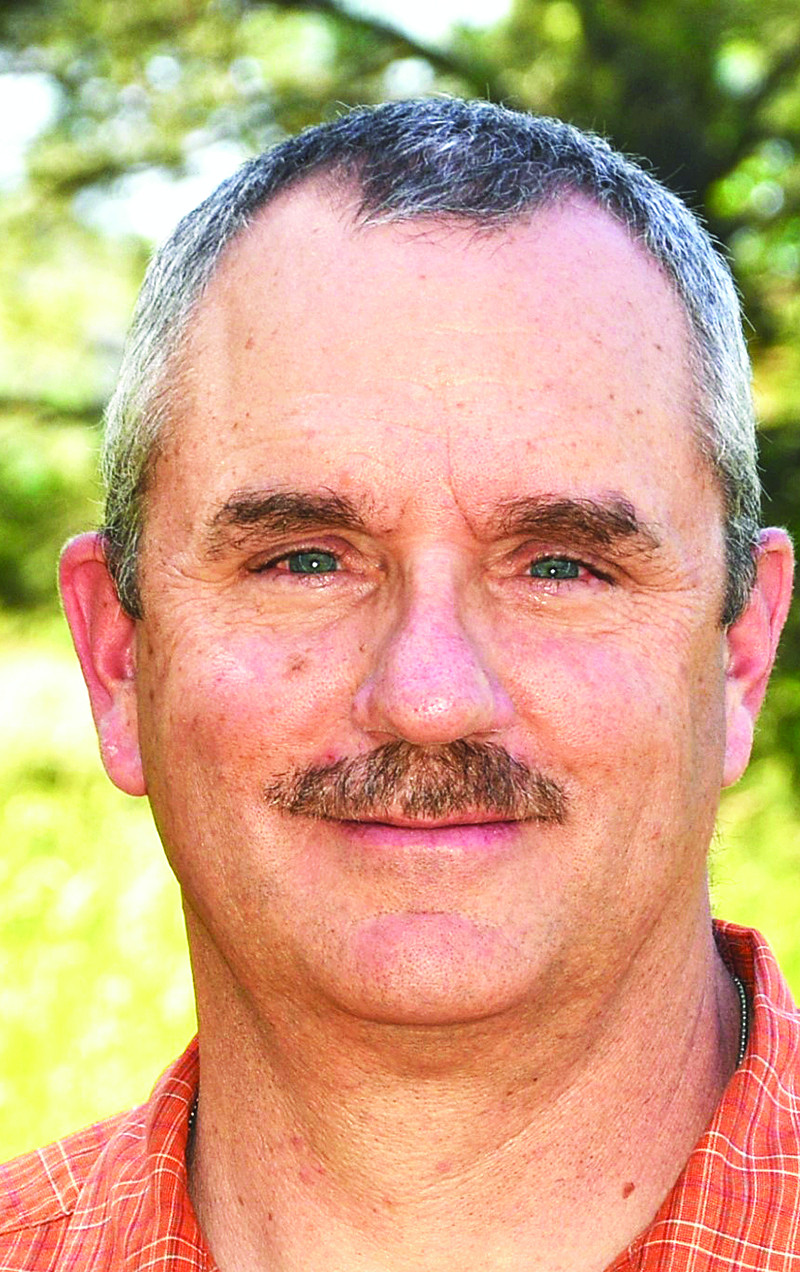Photographing the fall colors contest

Right on time, the coming fall has prompted the trees and shrubs of the high country to conduct their annual “I can present a better color display than you” contest. It’s a long and widespread contest with millions of contestants. We’ll probably never know who won but, if you are like me, you won’t care. This is the time of year many contest judges like me will jump into our cars, SUV’s and trucks to make our annual trek to places we haven’t seen since this time last year. We secretly hope to find that contest winner through the windows of our cars and in the lens’ of our cameras, cell phones, binoculars and spotting scopes.
Hundreds of spectacular colorful landscapes await those willing to drive a little and hundreds more await those willing to venture off the beaten path to seek those less viewed but equally stunning locations. And we all want to bring home at least one great photo. I once took a seminar hosted by the amazing John Fielder who taught me many principles of capturing great images. I’ll share a couple of those basics in hopes we’ll all have a more enjoyable leaf-peeping and great photo capturing experience.
One of the first concepts Mr. Fielder taught us was that light is everything. The harsh sunlight of midday will tend to wash out what are normally very vibrant colors. The recommendation is to take your trip early or late in the day to take advantage of the softer light. Some of my best color shots have been when I was out hunting in the wee-morning hours and found myself in the middle of a brilliant display of potential fall color contest winners. As the first light of morning increases, you find that every minute is a potential new photo with every direction adding more choices to the mix. Then, the first rays of sun break the horizon and light up your world with a brilliant but soft light to further stimulate your senses and lenses. Even more contest winners emerge.
A second concept is the rule of thirds in the frame. For landscape images, I like to try to provide the viewer with a near equal scale of sky, trees and foreground. Most of us tend to center our primary feature of the image. Break away from that mold and capture the feature off to the sides sometimes. The supporting landscape may actually enhance your feature and capture it just as you are physically seeing it. Keep the thirds structure concept in mind still. Once you master the thirds concept, experiment with it a bit by reducing one side and increasing the opposite. An example would be to increase the sky portion and reduce the foreground, especially if there are white puffy clouds providing a great contrast in the sky.
Another concept to remember is that not all photos should be landscape scale. Don’t forget that our eyes see the little things too. There may be one beautiful shrub that is displaying contest winning colors but is surrounded by a very bland environment. Mike Blakeman calls these the “intimate landscape.” Get close to that feature and let it shine alone by letting its surroundings provide a faded contrast to the amazing colors it offers. You may just be surprised when you get back home and see that photo on the larger screen and wonder who took it!
Finally, use clouds, shadows, cliffs, and even manmade features to your advantage. A beautiful group of trees right next to an ugly pole barn are still beautiful. Position your feature in the frame with the structure a mere millimeter outside of the frame. No one will know but you. In a few years, you might even find that image and have no idea of where you took it!
No matter where you go and what time of day, there are always opportunities to capture great images of the wonderful fall landscapes Colorado offers. The tree and shrub contestants are calling all judges. Get out there and cast your vote and take lots of photos of their best efforts to win the annual Fall colors contest.
Gregg Goodland is the Public Affairs Officer for the Rio Grande National Forest. An avid outdoor enthusiast, you’ll find him enjoying all public lands as often as possible.



